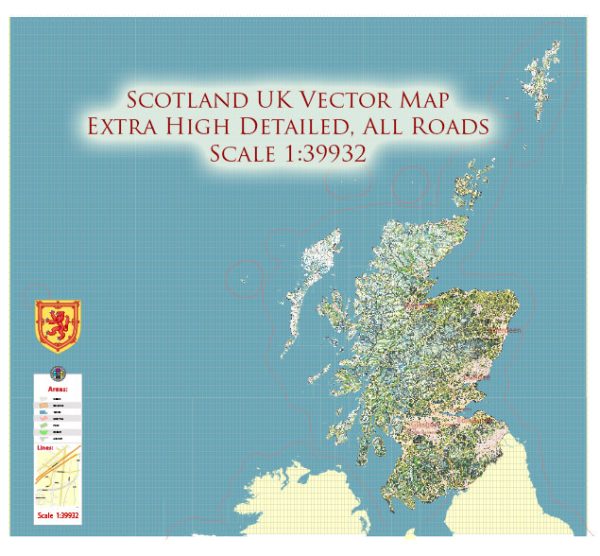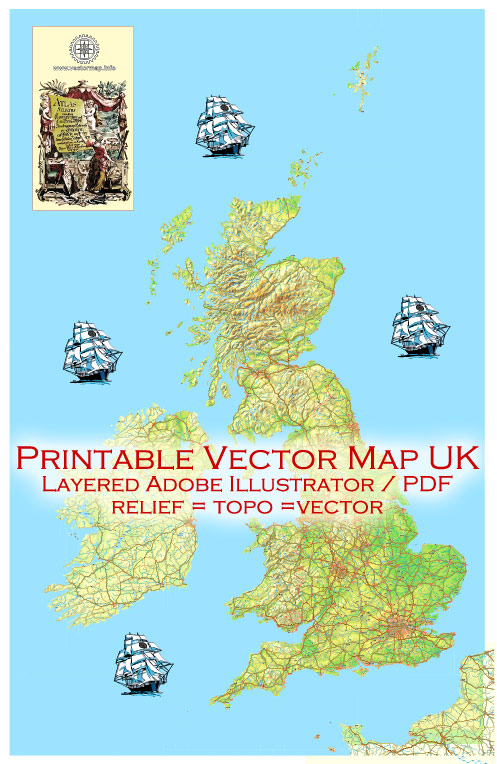The urban development history of the United Kingdom and Ireland is complex and spans many centuries. Here’s a broad overview of the key historical phases:
1. Roman and Medieval Periods:
- United Kingdom: Roman influence in Britain (43-410 AD) brought about the establishment of cities like Londinium (London). During the medieval period, towns grew around castles, monasteries, and trade routes.
- Ireland: In medieval Ireland, urban centers emerged around monastic settlements, trade routes, and areas of political importance.
2. Tudor and Stuart Periods (16th-17th centuries):
- United Kingdom: The Tudor and Stuart periods saw the growth of existing towns and the establishment of new ones. London continued to expand, and other cities like Bristol, Manchester, and Liverpool grew in importance.
- Ireland: The English Plantations in Ireland during this period led to the establishment of new towns, especially in the province of Ulster.
3. Industrial Revolution (18th-19th centuries):
- The Industrial Revolution transformed the urban landscape, especially in the United Kingdom.
- United Kingdom: Cities like Manchester, Birmingham, and Glasgow became industrial powerhouses. The rapid urbanization led to the development of factories, railways, and housing for the growing workforce.
- Ireland: While the Industrial Revolution had a more limited impact in Ireland, cities like Belfast and Dublin experienced some industrialization and population growth.
4. Victorian Era (19th century):
- The Victorian era saw the continuation of industrialization and urban growth.
- United Kingdom: London expanded further, and suburbanization began. Social reformers focused on improving living conditions, leading to the creation of parks and sanitation systems.
- Ireland: Dublin continued to grow, and the construction of notable buildings occurred. However, the era also saw the devastating impact of the Irish Potato Famine (1845-1852), leading to population decline.
5. 20th Century:
- The 20th century brought challenges and transformations to urban areas.
- United Kingdom: Bombing during World War II led to reconstruction efforts. Post-war, there was significant suburbanization and the development of new towns. London continued to be a global financial center.
- Ireland: Dublin’s urbanization increased, and economic changes led to growth in cities like Cork and Limerick. The Troubles in Northern Ireland (late 20th century) impacted urban development.
6. Contemporary Period:
- Both the UK and Ireland have experienced continued urbanization and development.
- United Kingdom: Cities like London remain global financial and cultural hubs. Urban regeneration projects have revitalized many areas.
- Ireland: Dublin has become a major European capital, and other cities have seen economic growth. Urban planning focuses on sustainability and modern infrastructure.
The history of urban development in the United Kingdom and Ireland reflects the intertwined influences of economic, social, and political changes over the centuries, resulting in diverse and dynamic urban landscapes.



 Author: Kirill Shrayber, Ph.D.
Author: Kirill Shrayber, Ph.D.